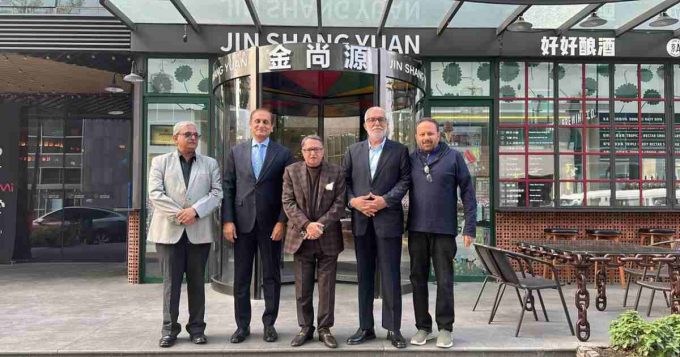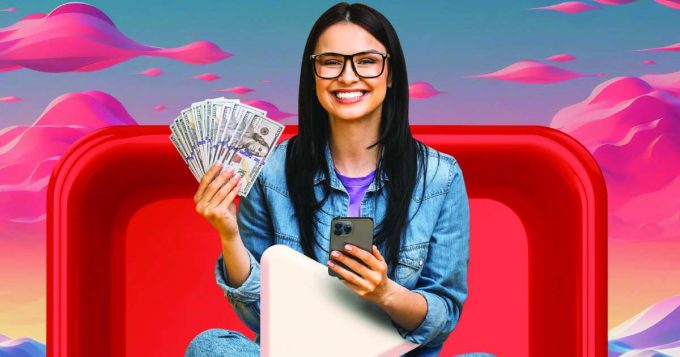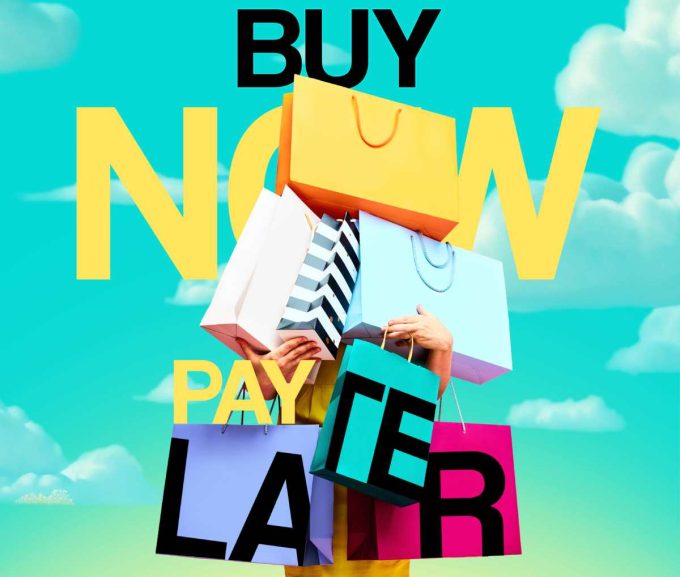In the digital age, colour is no longer just aesthetics. But a strategic tool to evoke emotions, convey meaning, and drive consumer behaviour. As brands and creators navigate the complex psychology of hue to capture audiences and leave lasting impressions.
Colour Can Shape Consumer Behaviour
Last December, while designing a Christmas sale campaign for a client, I witnessed firsthand how colour can shape consumer behaviour. We tested two ad variations. One using the traditional festive palette of red and green, and another featuring black and white with a touch of silver. The results were striking; engagement for the latter surged by 35%. As the Creative Director of my agency. This reinforced how vital a solid understanding of colour theory is in crafting effective campaigns.
From Instagram filters to TikTok trends, the visual language of content creation has evolved into a precise science. One that leverages human psychology and influences consumer behaviour on a massive scale. Two books that have greatly influenced my approach to colour psychology are ‘Brand Thinking and Other Noble Pursuits’ by Debbie Millman and ‘The Designer’s Dictionary of Colour’ by Sean Adams.
The Science Behind Trends
Colours have a unique ability to trigger emotions, convey meaning, and even guide decision-making. Research shows that up to 85% of consumers consider colour the primary factor when deciding to purchase a product. Whether it’s the trustworthiness of blue, the energy of red, or the optimism of yellow, each hue carries a psychological weight that brands and designers can utilise to their benefit.
Evolution of Visual Language
The rise of social media platforms has completely changed how we consume visual content. TikTok’s infinite scrolling and vertical video format encourage dynamic, high-energy visuals. This has set a new standard, influencing other platforms like Instagram Reels and YouTube Shorts to adopt similar styles.
Even subtle design choices, like TikTok’s black-and-white interface with neon accents, play a role in keeping users engaged. These design elements create a visually cohesive environment that captivates even the most casual scroller.
These platforms have also influenced how brands approach visual storytelling, forcing them to adapt to shorter attention spans and a demand for eye-catching designs. It’s no longer enough to look good—content must be instantly engaging.
Campaigns That Got it Right
In my view, these three campaigns stand out not just for their creative execution but for their masterful use of colour to evoke emotions and align with cultural sentiments. Each campaign leveraged a distinctive palette to connect with its audience, making the visuals not just eye-catching but deeply resonant. Here’s a closer look at how they achieved this:
Coca-Cola Pakistan: “Open Happiness”
Visual Design Analysis: The campaign embraced Coca-Cola’s iconic red and festive white to build a visually cohesive narrative tied to Ramadan’s themes of sharing and community.
Why It Worked:
Red: Evokes warmth, joy, and celebration, perfectly matching Ramadan’s festive and communal spirit.
White: Symbolises purity and unity, aligning with the spiritual aspects of the holy month.
Impact: The simplicity and cultural relevance of the colour palette ensured that the campaign resonated deeply with audiences, creating a strong emotional connection and dominating digital platforms during Ramadan.

Surf Excel: “Daagh Tou Achay Hain” (Stains are Good)
Palette: Bright whites, natural greens, and pops of playful yellows.
Visual Design Analysis: This campaign used clean, bright colours to evoke trust and positivity while tying into themes of childhood and play.
Why It Worked:
White: Represented cleanliness and trust, aligning with the brand promise of stain removal.
Green and Yellow: Signified nature, energy, and optimism, reinforcing the campaign’s message about the goodness of exploring and learning through play.
Impact: The emotional appeal of the visuals, combined with its culturally resonant storytelling, made the campaign a massive success in connecting with families.

Pepsi: “Black Pepsi” Limited Edition
Palette: Sleek black with contrasting blue and silver highlights.
Visual Design Analysis: This campaign broke away from Pepsi’s traditional palette, using black to signify exclusivity and sophistication, while blue and silver highlighted brand identity.
Why It Worked:
Black: Implied sophistication and mystery, creating curiosity around the limited-edition product.
Blue and Silver: Maintained brand recognition while adding a premium feel.
Impact: The campaign’s bold departure from the norm attracted attention, especially among younger, trend-driven audiences, driving both intrigue and sales.

The Role of Colour in Social Media Trends
TikTok’s “Red Outfit Trend”
Trend Overview: This trend saw creators showcasing bold red outfits while highlighting their confidence and power. The hashtag #RedOutfitChallenge garnered millions of views as users experimented with the vibrant colour.
Colour Psychology:
Red: Represents energy, passion, and empowerment, making it a perfect choice for self-expression and bold statements.
Impact: The trend became a platform for individuality and style, with creators across fashion, makeup, and lifestyle niches adopting the trend to boost visibility and engagement.
@maaikelothmann Had to do this trend ❤️😂 #outfitinspo #red #styleinspo #ootd ♬ YOSHIMITSU – Cochise
Instagram’s “Golden Hour Aesthetic”
Trend Overview: The “golden hour” trend revolves around capturing photos during the warm, soft light right before sunset or after sunrise. This lighting adds a golden hue to images, creating a dreamy, nostalgic effect.
Colour Psychology:
Golden Hues: Evoke warmth, happiness, and a sense of serenity, making posts visually appealing and emotionally resonant.
Impact: The aesthetic became a staple for influencers, photographers, and brands, emphasising how natural lighting and colour manipulation can enhance engagement and evoke emotion in followers.
View this post on Instagram
Pinterest’s “Sage Green Interiors” Trend
Trend Overview: Sage green emerged as a dominant colour in home decor trends on Pinterest, with boards dedicated to interiors featuring this soothing shade. From kitchens to bedrooms, the colour became a favourite for creating calming and minimalist spaces.
Colour Psychology:
Sage Green: Represents growth, tranquillity, and balance, aligning perfectly with the post-pandemic desire for calm, rejuvenating environments.
Impact: The trend influenced interior design choices globally, with brands offering sage green furniture, decor, and paint options to meet the demand generated by Pinterest users.
I’ve seen how thoughtfully chosen colours can transform campaigns and elevate brands. Whether it’s the electrifying energy of Pepsi’s neon palette or Spotify’s bold gradients, colour plays a pivotal role in storytelling. Books like Brand Thinking and Other Noble Pursuits and The Designer’s Dictionary of Colour have deepened my understanding of this dynamic art. Staying ahead of colour trends and using them strategically isn’t just about aesthetics, it’s about creating connections and leaving lasting impressions. By understanding the psychology of colour, we can craft campaigns that not only look stunning but also resonate with the hearts and minds of audiences everywhere.










